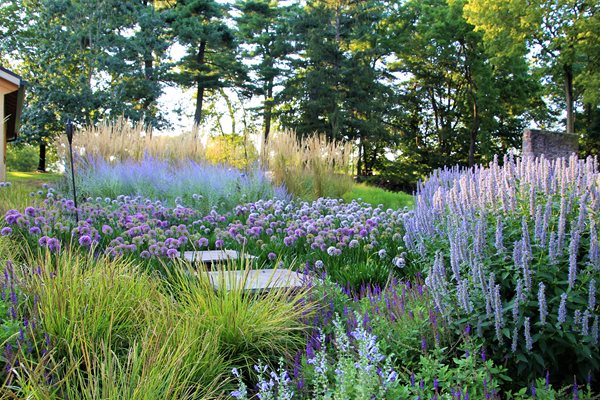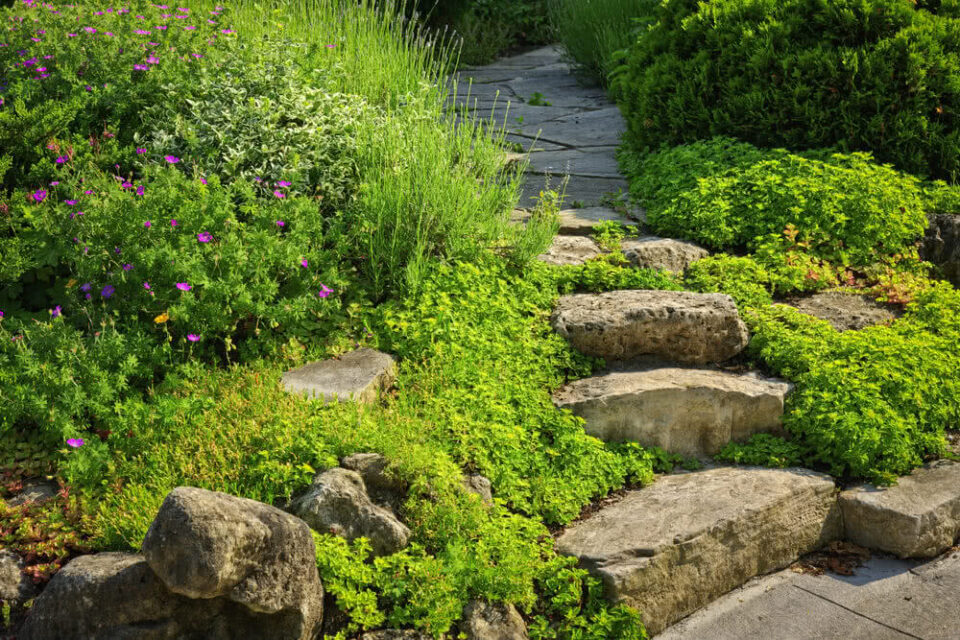Gardens are a wonderful way to bring nature into our daily lives, and incorporating native plants into garden design can enhance their beauty and ecological value. Native plants are those that naturally occur in a specific region and have adapted to the local climate and soil conditions over time. These plants not only add aesthetic appeal to gardens but also provide numerous benefits to the environment and local wildlife.
Benefits of Native Plants
One of the major benefits of using native plants in garden design is their ability to thrive in their natural habitat without the need for excessive watering, fertilizers, or pesticides. This makes them low-maintenance options that save time, money, and resources in the long run. Native plants have evolved to withstand local weather conditions, making them more resilient and less prone to diseases and pests.
Furthermore, native plants play a crucial role in supporting local ecosystems. They provide food and shelter for native insects, birds, and other wildlife. By incorporating native plants into our gardens, we can create a habitat that attracts and supports a diverse range of beneficial insects, such as bees and butterflies, which are essential for pollination.
Designing with Native Plants

When designing a garden using native plants, it is essential to consider the specific requirements of each plant species. Some native plants prefer sunny spots, while others thrive in shaded areas. It is important to research and choose the right plants for the desired location, taking into account factors such as soil type, moisture levels, and sunlight exposure.
A well-designed native plant garden can mimic the natural beauty of the surrounding landscape. By using a variety of native plants with different heights, colors, and textures, you can create a visually stunning garden that changes throughout the seasons. Consider incorporating plants with colorful flowers, interesting foliage, and attractive seed heads to add interest and diversity to your garden.
In addition to aesthetics, native plants can also be used to create functional areas within the garden. For example, tall native grasses can be used as natural privacy screens or windbreaks, while native shrubs and trees can provide shade and create microhabitats for wildlife. By carefully planning the layout of native plants, you can maximize both the beauty and functionality of your garden.
Preserving Biodiversity
Using native plants in garden design is an important step towards preserving biodiversity. As human activities continue to encroach upon natural habitats, many native plant species are at risk of extinction. By incorporating these plants into our gardens, we are helping to conserve their genetic diversity and ensure their survival for future generations.
Moreover, native plants can help to restore and protect local ecosystems. They have deep-rooted systems that improve soil structure and prevent erosion, reducing the impact of heavy rainfall and runoff. Native plants also filter pollutants from water, improving water quality and benefiting nearby water bodies.
The beauty of native plants in garden design goes beyond aesthetics. By using native plants, we can create sustainable and ecologically friendly gardens that provide habitat for wildlife, conserve water, and contribute to the overall health of our environment. So, whether you have a small balcony or a large backyard, consider incorporating native plants into your garden to enjoy their beauty and make a positive impact on the world around you.

